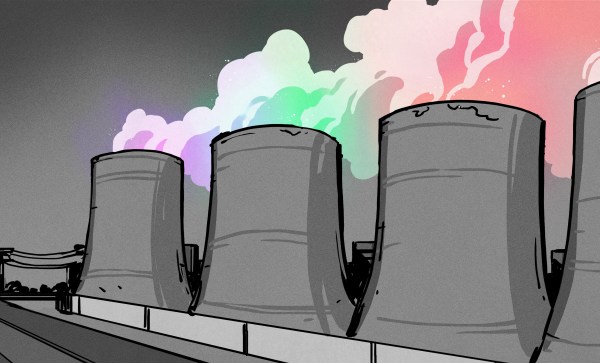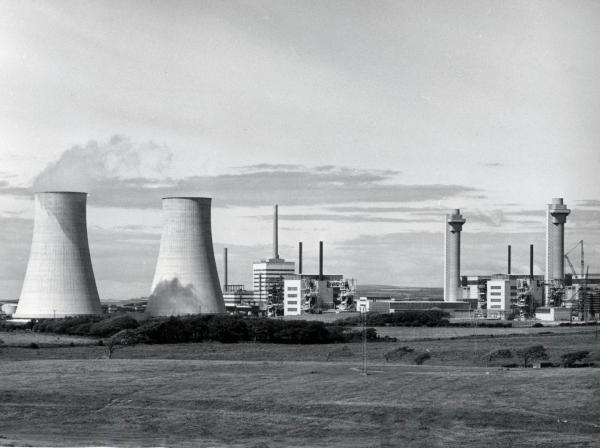When you think of a US Nuclear accident, you probably think of Three Mile Island. However, there have been over 50 accidents of varying severity in the US, with few direct casualties. (No one died directly from the Three Mile Island incident, although there are some studies that show increased cancer rates in the area.)
Indeed, where there are fatalities, it hasn’t been really related to the reactor. Take the four people who died at the Surry Nuclear Power Plant accident: they were killed when a steam pipe burst and fatally scalded them. At Arkansas Nuclear One, a 525-ton generator was being moved, the crane failed to hold it, and one person died. That sort of thing could happen in any kind of industrial setting.
But one incident that you have probably never heard of took three lives as a direct result of the reactor. True, it was a misuse of the reactor, and it led to design changes to ensure it can’t happen again. And while the incident was nuclear-related, the radiation didn’t kill them, although it probably would have if they had survived their injuries. Continue reading “The Deadliest US Nuclear Accident Is Not What You Think”















